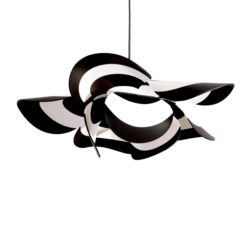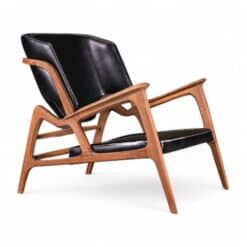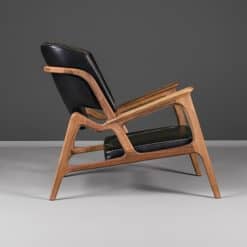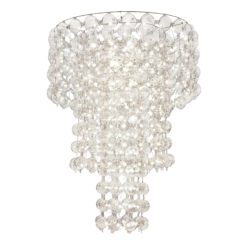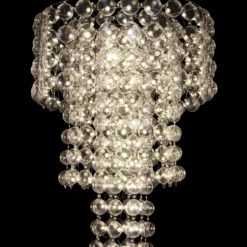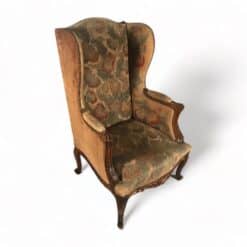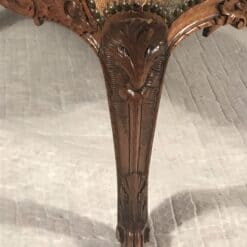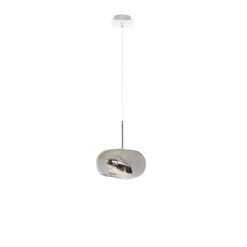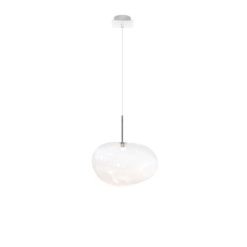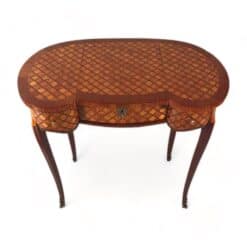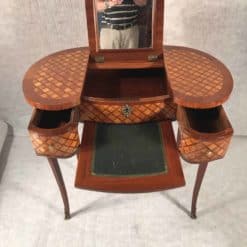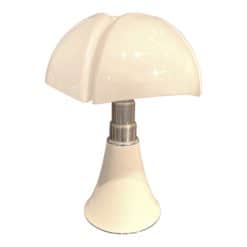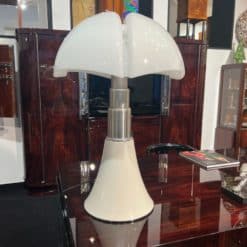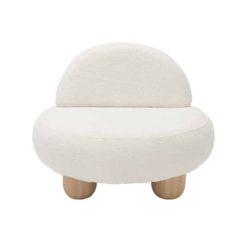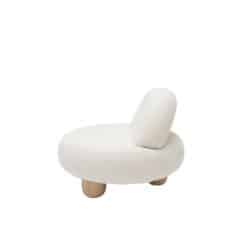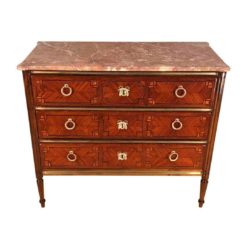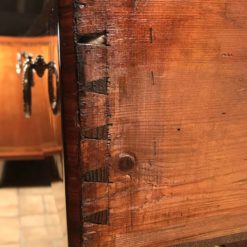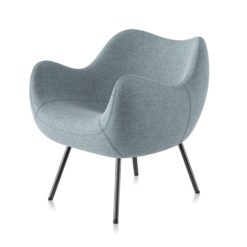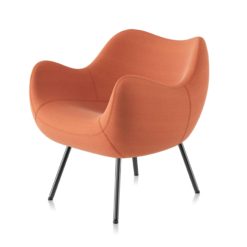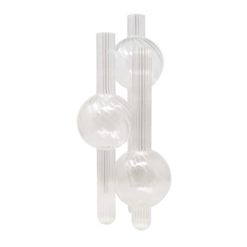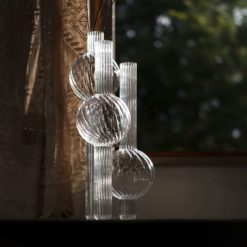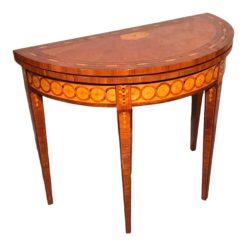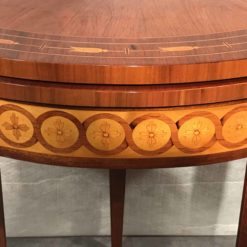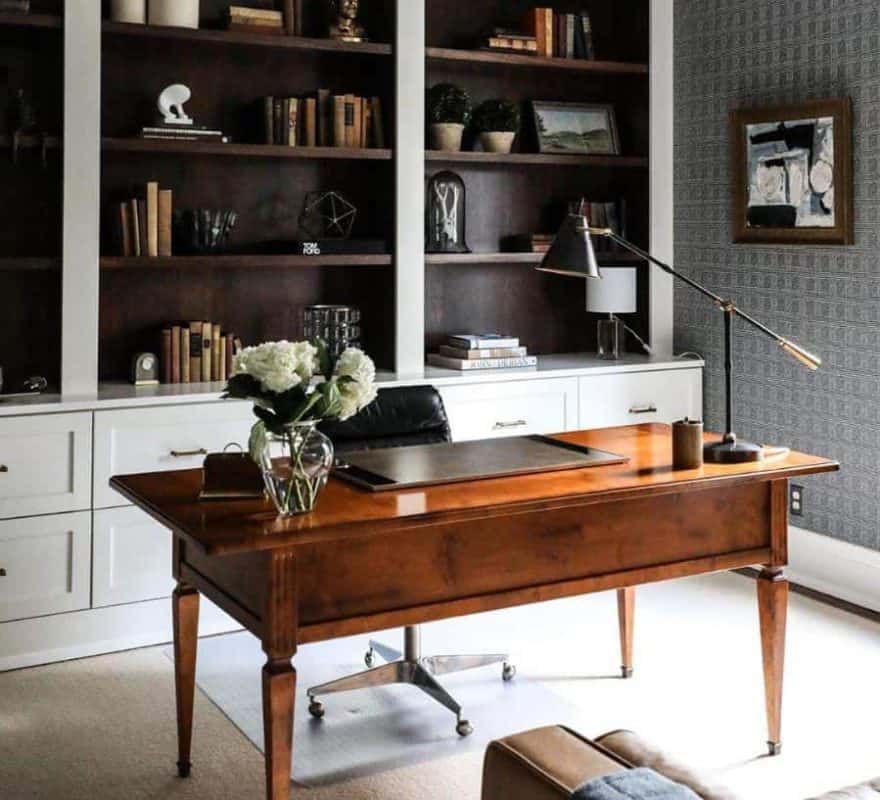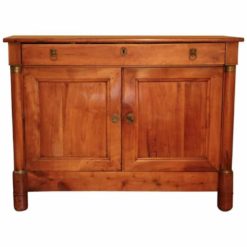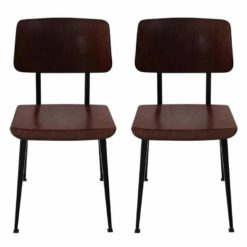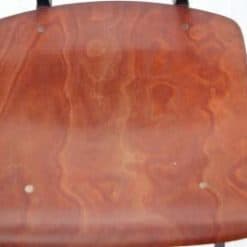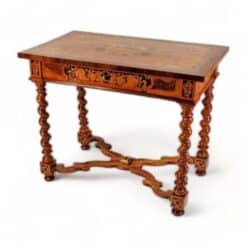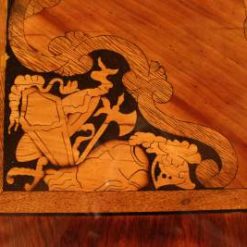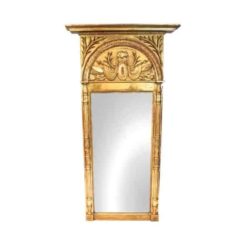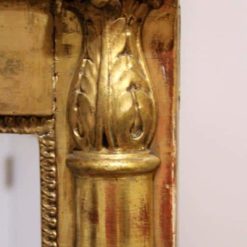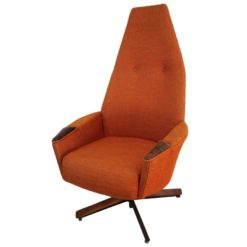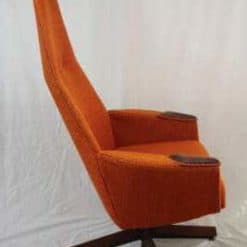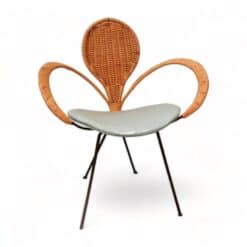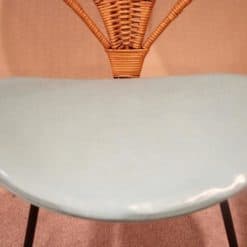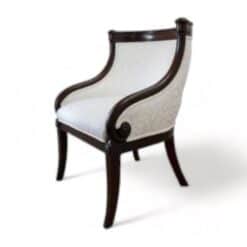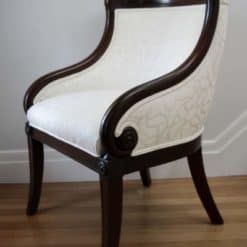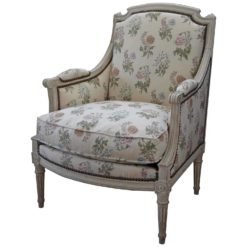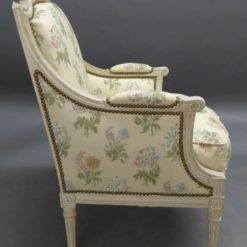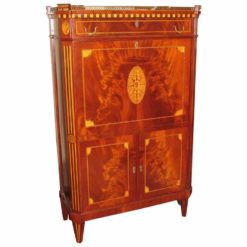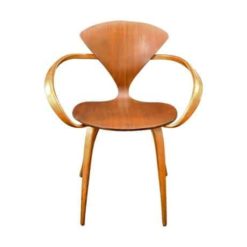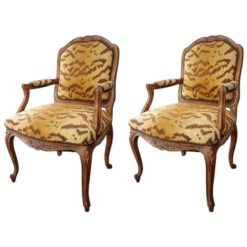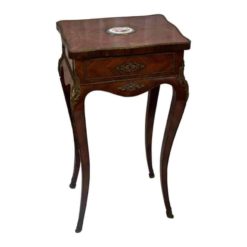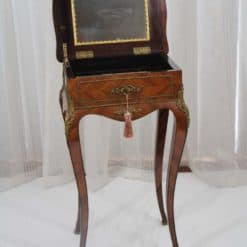Best Sellers
Furniture, Styylish History, Uncategorized
From Palace to Home Office: The History of Antique Desks
Few objects are endowed with more history than antique desks. As emblems of their styles and period, they are among the most universally important pieces of furniture in world history.
A desk is almost always composed of a top and legs. But a simple concept belies a rich history. Antique desks delight and surprise with specific details from the period they represent. Though ubiquitous, they are frequently unique and have a great capacity for transformation through the ages.
In the coming weeks, we will trace the style history of antique desks, from the glory days of 18th century Europe to Modernity. After delving into the history, we will take a closer look at the various models of antique desks, from secretary to roll top style. At Styylish, we feature a diverse collection of desks. Our pieces range from splendid Louis XV French pieces to striking Art Deco and Bauhaus ones.
In today’s post, we will focus on 18th and 19th century Europe. If you are craving the luxuries of 20th century innovation, be sure to read up on our blog posts on the history, stylings, and artists of the Art Deco period, or our post on Bauhaus style from last month.
What Makes an Antique Desk Antique?
Before we dive into the history of Early Modern antique desks, let us consider one of the most frequently asked questions we receive at Styylish: How can I tell if a desk is antique?
“Antique” is a bit of a catch all term for pieces that are not “contemporary” or “vintage”. What we consider to be antique is any piece more than a hundred years old. All the pieces in our shop are originals from the period they were crafted in, not facsimiles or modern knockoffs. That’s what makes the valuable – and unique.
Some antiques are naturally older than others because they are from a different period. A Bauhaus armchair might be considered a vintage piece as opposed to an antique, because it is less than a hundred years old.
The antique desks we will consider today are antique because they are authentic and showcase their time period well. Be sure to take note of the ways these desks develop and shift between time periods. The changing shapes embody the dynamics of history, and we have the privilege of collective hindsight.
French Royal Styles – Louis XV and Louis XIV
18th century French furniture is divided into periods based on the reigning monarch. Louis XV, the grandson of the Sun-King Louis XIV reigned from
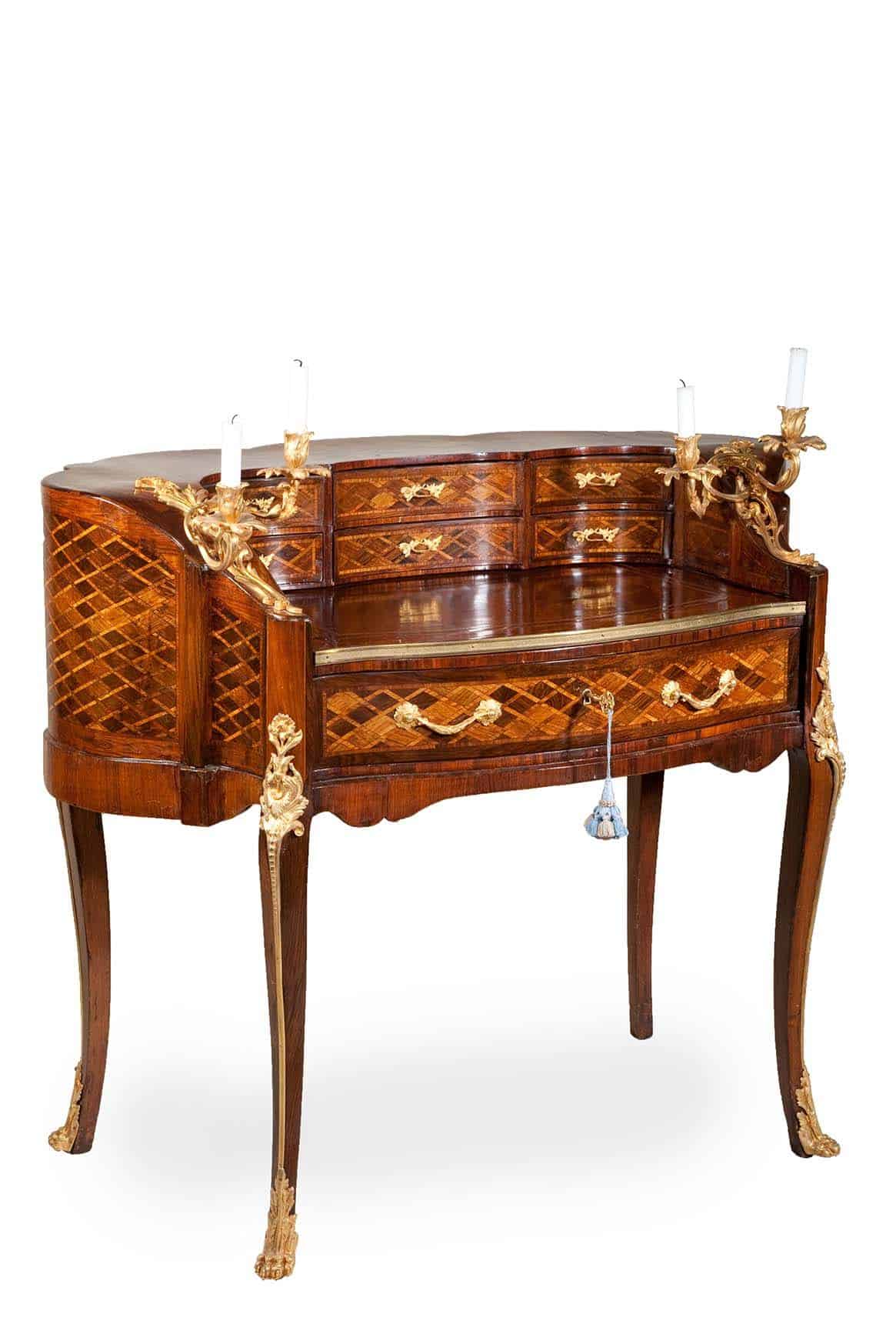
1715 to 1774, and loomed large over the entire century. His grandson Louis XVI was the last King of France before the French Revolution.
The differences between Louis XV and Louis XVI furniture embodies an artistic tension of the late 18th century.
Louis XV design was in line with the Rococo design of the time. Lavishly ornate, and very theatrical, French Rococo emphasized the whimsy of wealth. A Louis XV antique desk, beyond embodying the lavishness of its era, has cabriole-style legs, which means that the legs are curvaceous.
Louis XVI furniture coincided with Neoclassical design. Neoclassicism was in part a reaction to the ornate nature of Rococo. It emphasized simplicity and symmetry, as inspired by the Greek and Roman traditions. Neoclassicism coincided with the Enlightenment and reflected a rediscovery and reemphasis on knowledge and history.
As a result, Louis XVI antique desks are much less ornate that Louis XV ones, and feature straight legs instead of curved ones. The two time periods are distinct but do blend into each other.
Examples of Louis XV and Louis XVI Antique Desks
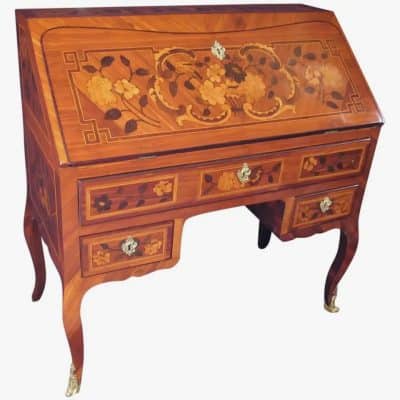
For instance, this stunning Louis XV desk from 1770, available now on Styylish, encapsulates the end of the Louis XV period. Curvaceous legs and ornate décor are combined with a simplified geometry, clearly anticipatory of the coming shift in design. The layered wood and detailed flower marquetry make it the center of attention in any room.
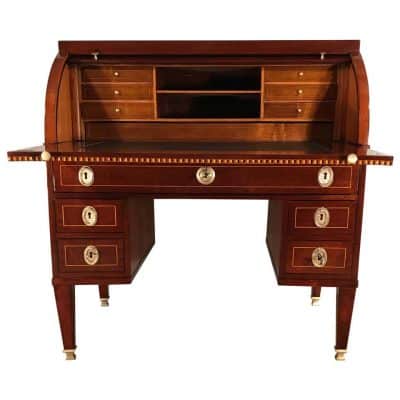
Compare it to another gorgeous piece from our collection, this Louis XVI roll top desk from 1780. We can immediately recognize a more regulated geometry and a somewhat more imposing shape, free of the whimsy of the Louis XV period.
The Turn of the 19th century
With the French Revolution came a rejection of all things royalty. In Directoire style, named for the Directory, the governing body of France in one phase of the Revolution, geometry is further simplified.
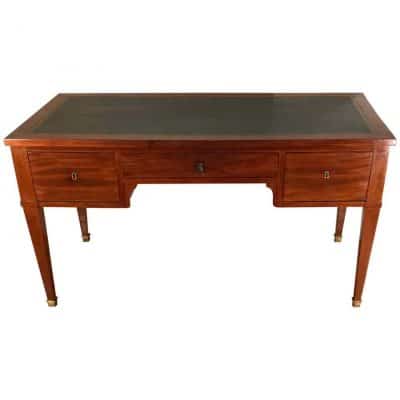
Check out this robust and enchanting writing desk from the Directoire period and note the emphasis on utilitarianism common for that era of the French Revolution.
Note the transition around the turn of the century as one of a growing middle class. Early industrialization had begun carving out a space for them in the social order. No longer were royalty and the upper class the only customers of interior décor. The middle class began to play a significant role in the aesthetics of the century.
Biedermeier and the Middle Class
The emphasis on clean geometry continued well into the 19th century and remains emphasized in the antique desks of the period.

In neighboring Germany, the Biedermeier style combined utilitarian geometry with a domestic, middle-class look. It was a rejection of the lavish monarchy that had come crashing down in the French Revolution. Instead, Biedermeier focused on common people and common shapes.
This gorgeous Biedermeier walnut desk from 1820 emphasizes simple geometry and darker, more natural wood. In its playful legs, we can see the influences of Romanticism, which was transforming literature and visual art at the time.
The Return of the King
When Louis Philippe was proclaimed King of France in 1830, the monarchy made a brief reappearance in France. The style of his period, named for the last King of France, made a slight departure from the sheer simplicity of neoclassicism. It went so far as to openly incorporate romantic ideals.
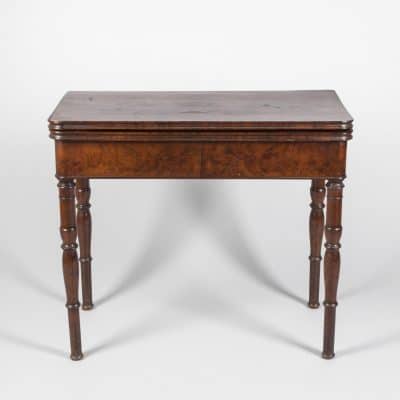
In the antique desks from his time, we can find both the ideals of royal design from the previous century, and the newly established upper-middle-class aesthetic that came with Biedermeier.
Looking Ahead
In 1848, monarchy in France came to another end. The common people who carved out wealth for themselves in the 19th century would come to influence the ways of design. Next week, we will move forward in time to consider how industrialization figured into the development of new designs.
For now, we leave you with a wealth of history to consider, as you decide which of the decadent styles of antique desks is your favorite. Let us know in the comments below, and enjoy browsing our shop for many more examples of 19th century design!

